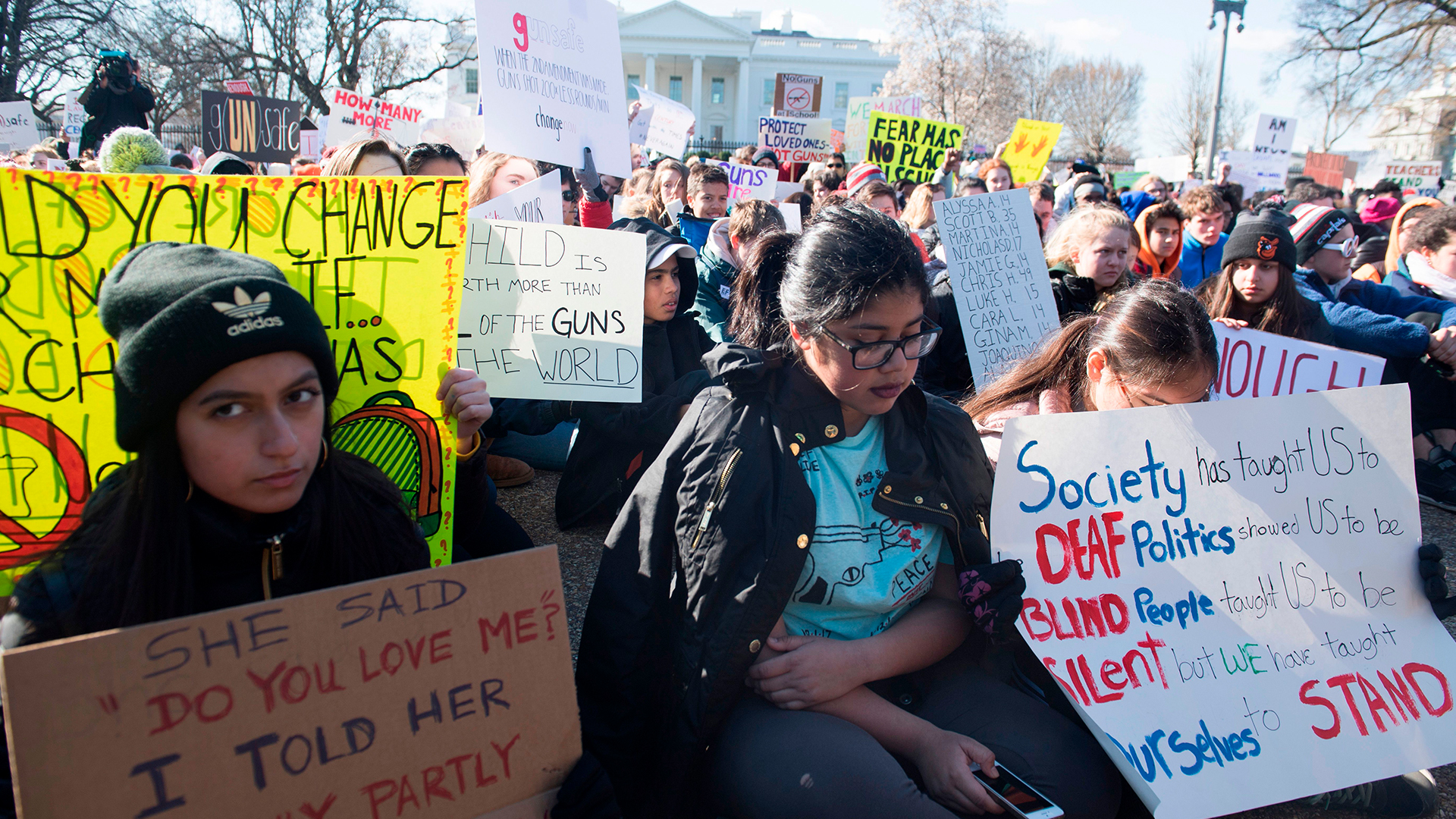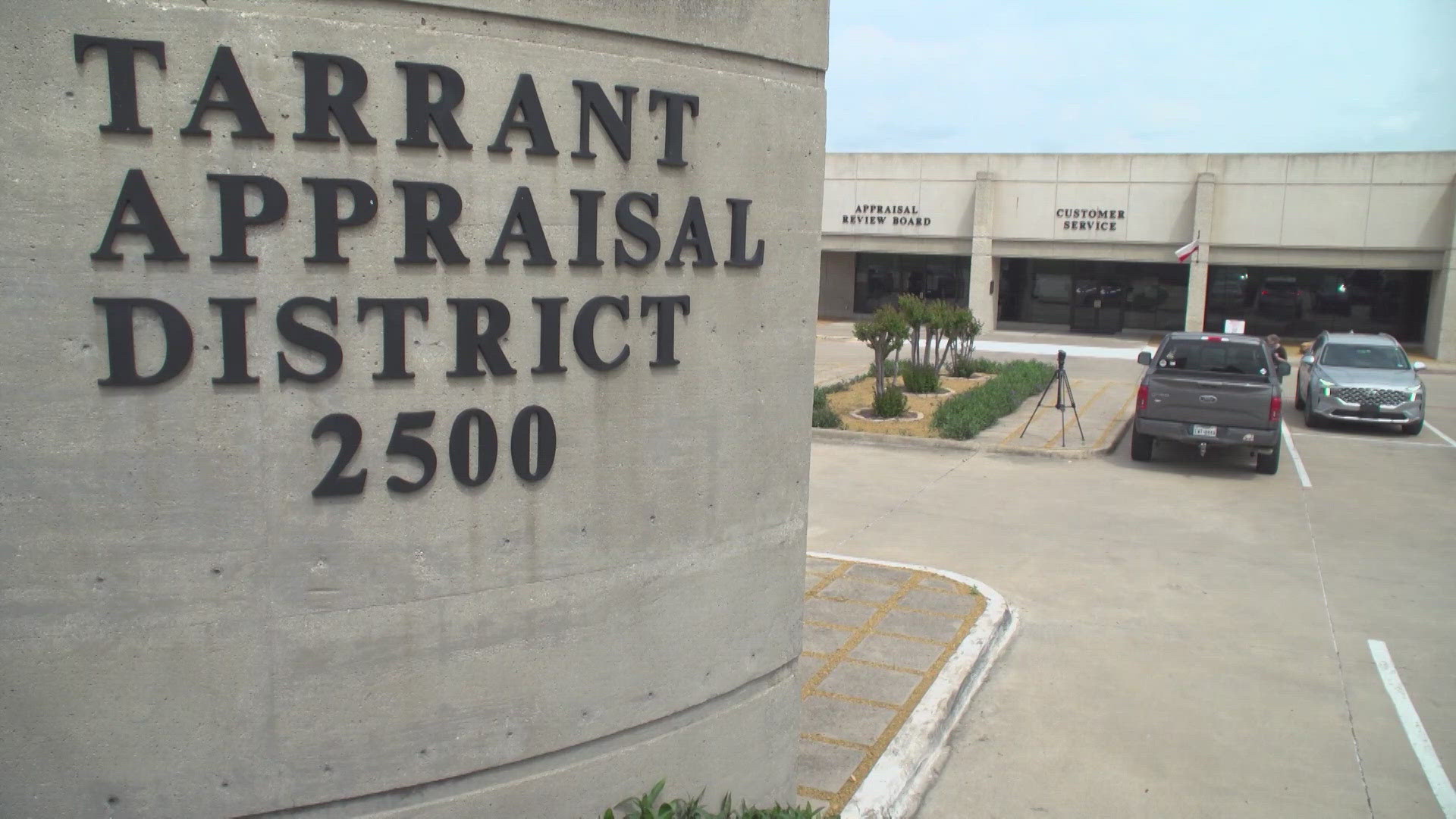Concern over school shootings has risen, after the killings of 17 students and teachers in February in a mass shooting at a high school in Parkland, Fla.
However, people who don't want to join in the National School Walkout on March 14 to protest the violence have come up with another way to stop school shootings. Some students, parents and educators are proposing an alternative called Walk Up Not Out.
Here's what this new movement is all about.
What does Walk Up Not Out mean?
Walk Up Not Out proponents say students should try harder to reach out with friendliness and compassion to their more solitary peers. By moving out of their comfort zones and helping their peers feel more welcome, the theory goes, students could potentially head off angry impulses or an outbreak of violence.
How did the movement begin?
It likely was at least partially inspired by a Facebook post on Feb. 19 by a Texas man named David Blair, who said he was a retired teacher who had taught students from 7th through 12th grades. In his post, Blair urges students to "put down your stupid phone" and instead talk to that "kid over in the corner, alone." Blair warned that a student eating lunch alone, or one who is constantly disrupting class "could likely be our next shooter." So, he urges students and teachers to befriend such an individual to make him or her feel welcome and to possibly head off a future tragedy.
"If you really feel the need to walk, walk toward that person. Your new friendship can relieve the heartache of one person and in doing so, possibly prevent the unjustifiable heartache of hundreds of lives in the future."
A week after Blair's post, Kelly Guest, a Maryland woman, wrote a post on Facebook that said "instead of walking out of school on March 14, encourage students to walk up." Her original post has since been shared nearly 70,000 times, and Guest has since taken some credit for helping start the movement.
One portion of Blair's letter that mentions gun control, a part of the platform of students who arranged National School Walkout, may have attracted the interest of groups opposed to restrictions on gun ownership. In his open letter, Blair also says this: "Don't trust that walking out of school will bring an answer. Gun control or more laws is not, and will not, be the answer. You are the answer."
Since Blair's and Guest's posts, the Walk Up Not Out movement has been praised and promoted by individuals on Facebook and groups, including loneconservative.com and Indiana Moms Against Gun Control.
How do you participate?
Here are several suggestions for those who want to take part.
- Walk up to a kid who is sitting alone at lunch and invite him or her to join you.
- Walk up to someone who seems lonely, say hello and strike up a conversation.
- Walk up to a student who disrupts class and ask them how they are doing.
- Walk up to someone who has different views than you and share opinions.
- Walk up to a classmate, make eye contact and really listen to them.
- Walk up to someone who never seems to smile and tell a joke to make them happy.
- Walk up to someone you don't know very well and talk to them.
- Walk up to a teacher or staff member and thank them for what they do.
What counts as a school shooting?
A school shooting is an attack at an educational institute, such as a school or university, that involved the use of a firearm and in which someone injures or kills at least at least one other student or faculty member at the school, according to Encylopaedia Britannica.
The FBI doesn't identify factors that cause a mass shooting and doesn't even use the term in its Uniform Crime Report records that it compiles from police departments nationwide, according to The Washington Post.
However, since the 1980s, the federal law-enforcement agency has defined "mass murder" as "four or more victims slain, in one event, in one location.” The offender is not included in that definition, whether the shooter committed suicide or was killed in a justifiable homicide.
Congress uses a slightly lower threshold for the definition. After the Sandy Hook Elementary School shootings in 2012, it passed a law in 2013 that defined "mass killings" as "3 or more killings in a single incident."
How many people have been hurt in school shootings?
Since 20 first-graders and six adult staff members died at Sandy Hook, more than 400 people have been wounded in at least 200 school shootings nationwide, according to The New York Times.
Of those shooting victims, 138 were killed, said The Times, which analyzed data from the Washington, D.C.-based Gun Violence Archive.
What can schools do to improve safety?
Some leaders, including President Donald Trump, have suggested arming teacherswould be a better way to protect students, but some teachers have criticized the idea.
After a series of school shootings, the U.S. Secret Service partnered with the U.S. Department of Education in 2002 to study targeted school violence. A report called the Safe School Initiative came out of that partnership.
The report recommends that schools take several steps, including creating a Comprehensive Prevention Plan that includes several key recommendations:
1. Foster a climate of respect and trust between teachers and students.
2. Build strong relationships between students and their school.
3. Promote communication, particularly about potentially threatening situations.
4. Identify and report behaviors and communications that raise concern.
5. Form a Threat Assessment Team that meets regularly.
6. Liaison with local law enforcement.
Response to Walk Up Not Out
The movement has inspired everything from praise to derision to concern.
Some people see it as a common-sense approach to the problem of school violence.
Critics, however, say Walk Up Not Out does everything from disrespecting students in the National School Walkout, to victim blaming, quelling free speech or defusing the call for more gun control.
Still others say Walk Up Not Out is at best naive and, at worst, potentially dangerous to those who try to take part.


